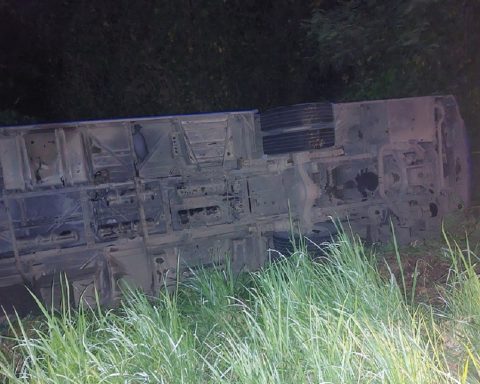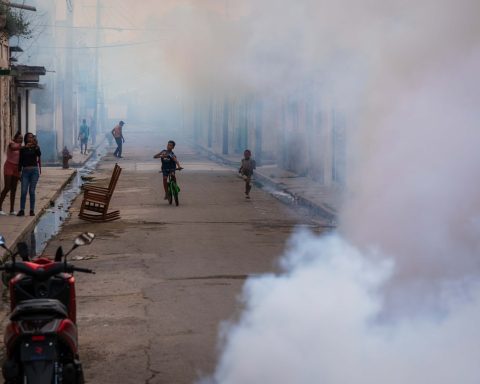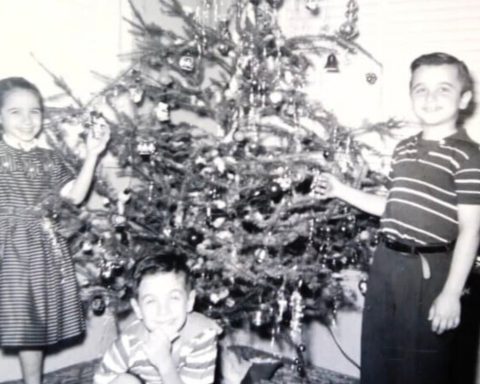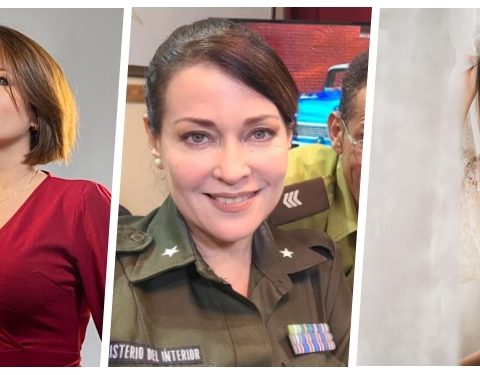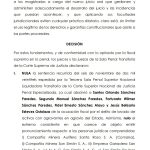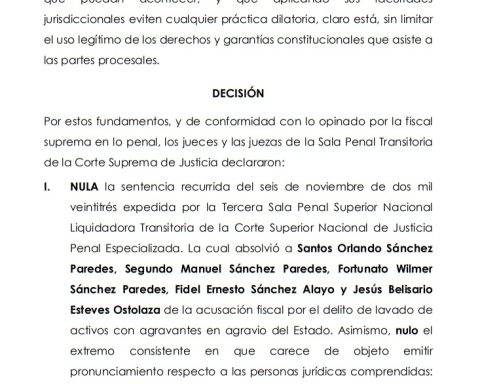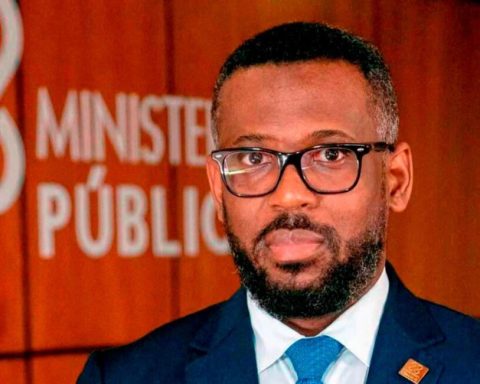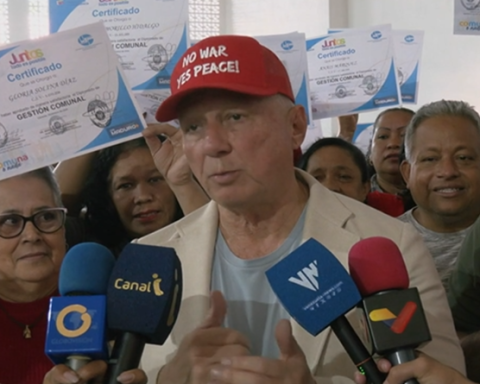Havana Cuba. – Among the most interesting painters of surrealism, on a par with Salvador Dalí and Joan Miró, stands out the Frenchman Yves Tanguy, a daring young man who, after having served in the merchant navy and without any academic training, was deeply impressed by the works of Giorgio de Chiricohe ventured into the world of painting.
His empiricism had already earned him some respect as a draftsman of urban scenes, clearly influenced by Maurice Vlaminck. In 1923 he decided to devote himself completely to art and it was André Bréton who introduced him to the surrealist group, where he developed a personal style, despite the imprint of Dalí and De Chirico.
From both he acquired a taste for reflecting dreamlike and desolate environments. Once the initial search stage was over, he concentrated on evoking imaginary landscapes, beaches and deserts through his work. Spare in the use of color, introverted and calm, his work mixes modern abstraction and truncated figurations, full of biomorphic forms.
His wonderful imagination prevented his paintings from looking too similar to those of his colleagues, although some scholars consider Tanguy to have had the luck that often accompanies risk-takers. For the most demanding, he was a little Dalí and a little De Chirico, with a touch of Miró; but the truth is that the way of applying his automatism managed to give a different breath to his pieces.
At the outbreak of World War II, he went into exile in the United States, where he exhibited frequently at his friend’s gallery and marching, Pierre Matisse, until 1950. Although he visited Paris on several occasions after the end of the war, Tanguy decided to settle in North America with his wife, also an artist Kay Sage. He lived there until his death, in 1955.
Receive information from CubaNet on your cell phone through WhatsApp. Send us a message with the word “CUBA” on the phone +525545038831, You can also subscribe to our electronic newsletter by giving click here.

